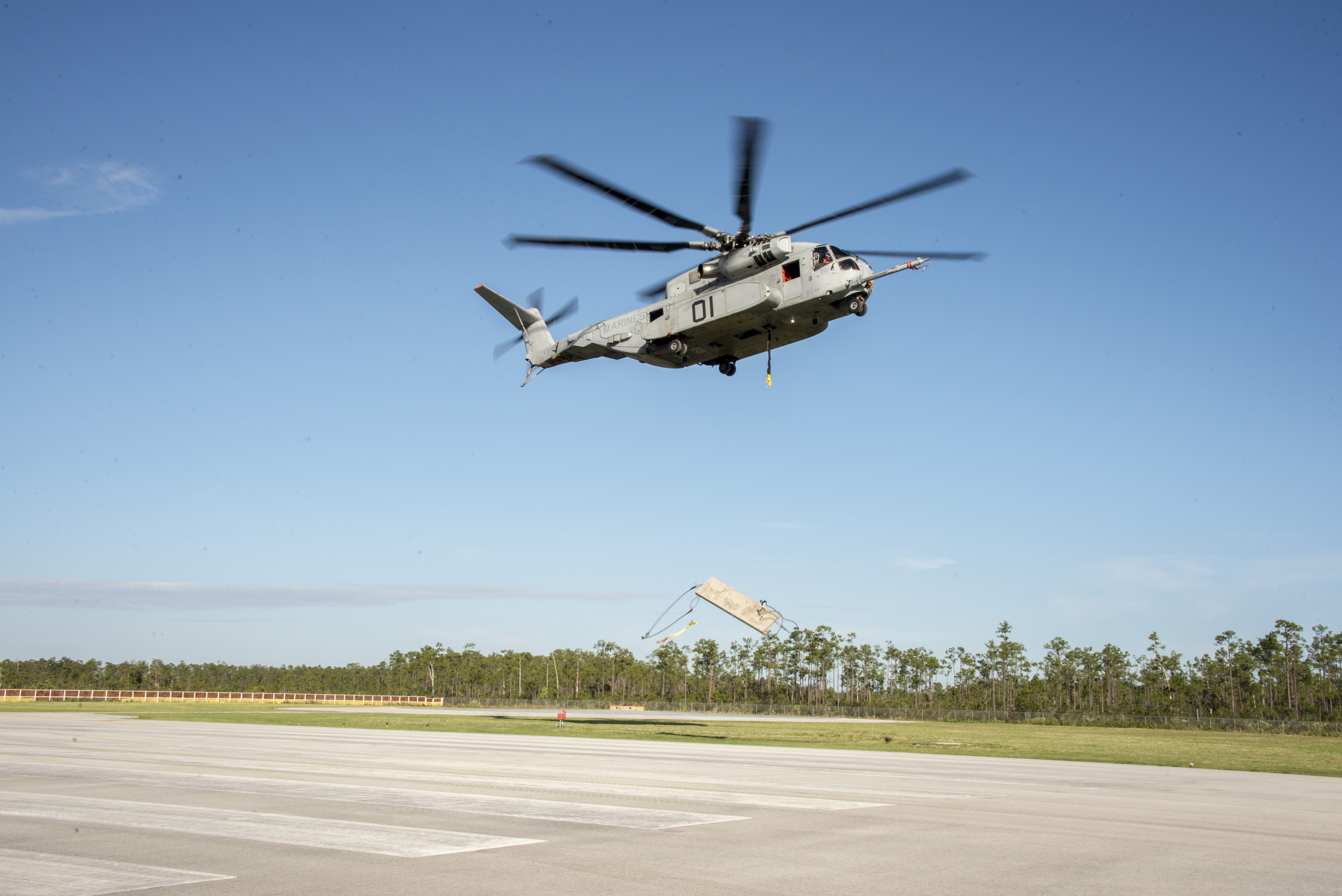
Top Stories 2017: Marine Corps and Coast Guard Acquisition
USNI News polled its writers, naval analysts and service members on what they consider the most important military and maritime…
Copyright 2024 U.S. Naval Institute. All Rights Reserved.